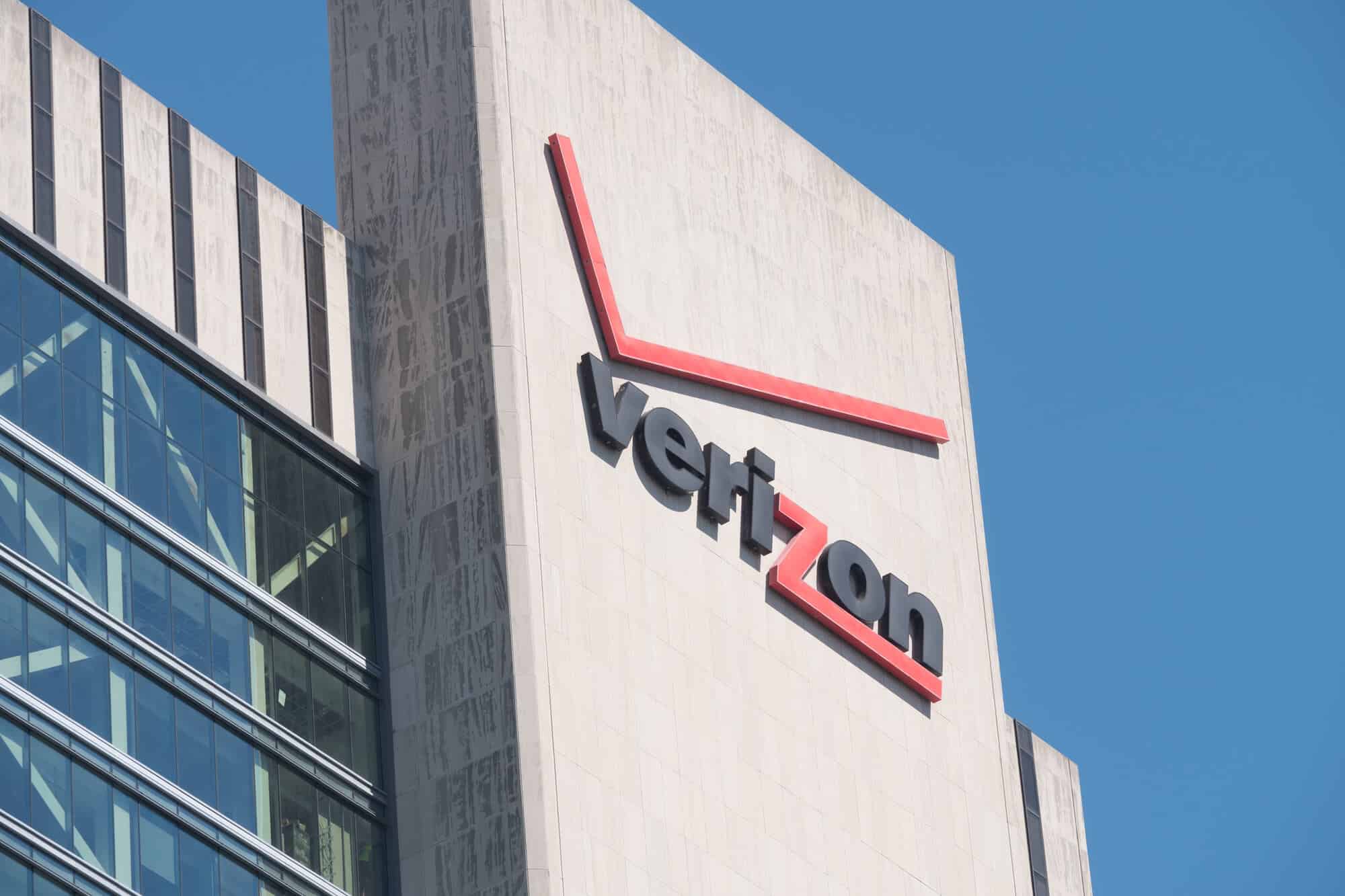Sustainable Kubernetes workload with Kepler
I have covered eBPF in my previous article. In this post, I'll be covering Kepler specifically, which part of CNCF ecosystem. What is Kepler? Kepler is a monitoring and observability tool designed for Kubernetes clusters that uses eBPF to track the resource usage of containers and nodes. Unlike traditional monitoring solutions, which often rely on metrics collection agents running in user space, Kepler utilizes eBPF to gather resource consumption data directly from the kernel. This results in high precision and low overhead, which is essential for cloud-native environments. Kepler is particularly useful for: Resource Efficiency: Kepler provides detailed resource usage metrics for containers and Kubernetes workloads, allowing users to optimize resource allocation and avoid over-provisioning. Cost Optimization: By accurately tracking resource consumption, Kepler helps Kubernetes users identify inefficiencies and reduce infrastructure costs. Granular Insights: Kepler provides fine-grained visibility into container-level resource usage, including CPU, memory, disk I/O, and network metrics. Kepler is open-source, and it integrates seamlessly with Kubernetes clusters, providing users with an easy-to-use and efficient monitoring solution that leverages the power of eBPF. eBPF and Kepler: How They Work Together Kepler uses eBPF to collect resource metrics at the kernel level without introducing significant overhead. This allows it to provide accurate, real-time information about resource consumption at the container level and pod level in Kubernetes, which is typically difficult to achieve using traditional monitoring tools. Key Features of Kepler Powered by eBPF Container-Level Resource Monitoring: Kepler collects detailed metrics on the CPU, memory, disk I/O, and network usage of individual containers within Kubernetes pods. It uses eBPF to trace kernel-level events, allowing it to directly measure how much CPU time a container consumes, how much memory it uses, and how much network traffic it generates. Low-Overhead Performance: Unlike traditional monitoring agents that run in user space and periodically collect data, Kepler uses eBPF to gather data directly from the kernel. This significantly reduces overhead and provides more accurate data. This is especially important in high-density environments like Kubernetes, where performance overhead can quickly become a bottleneck. Real-Time Metrics Collection: Kepler provides real-time visibility into resource consumption, allowing Kubernetes operators to make timely adjustments to workloads based on current performance data. Real-time metrics help identify under-utilized or over-provisioned resources, leading to better decision-making for workload scaling and resource allocation. Kubernetes Native Integration: Kepler is designed to integrate seamlessly with Kubernetes. It collects metrics from nodes, pods, containers, and namespaces, making it easy for developers and operators to monitor resource usage in the context of Kubernetes workloads. Kepler can export metrics to standard monitoring systems, such as Prometheus and Grafana, enabling users to visualize their data and set up alerts. Resource Efficiency and Cost Optimization: By providing granular visibility into resource usage, Kepler helps Kubernetes operators identify inefficient workloads, reduce unnecessary resource allocations, and ultimately reduce infrastructure costs. Organizations can use Kepler to optimize the resource requests and limits for Kubernetes pods, ensuring that resources are allocated accurately and efficiently. Example of Using Kepler with eBPF in Kubernetes Let’s walk through a simple use case of using Kepler for monitoring and optimizing resources in a Kubernetes cluster: Install Kepler: To install Kepler on a Kubernetes cluster, you can use Helm, a Kubernetes package manager: helm repo add kepler https://helm.kepler.dev helm install kepler kepler/kepler --namespace kepler Monitor Resource Consumption: Once installed, Kepler starts collecting eBPF-based resource metrics at the kernel level. You can use Prometheus to collect metrics from Kepler, and Grafana to visualize these metrics. Kepler exposes metrics for the following: CPU usage per container Memory consumption per container Network traffic per container and pod Disk I/O metrics View Metrics in Grafana: You can access the Kepler dashboard in Grafana, which provides an intuitive view of your Kubernetes workloads’ resource usage. For example, you might see the following graphs in Grafana: A line chart showing CPU usage for each container in a given pod. A bar chart comparing memory usage across namespaces. Heatmaps showing network traffic and disk I/O for each container or pod. Optimize Resource Requests: Using the data provided by Kepler, you can identify under-utilized containers o

I have covered eBPF in my previous article. In this post, I'll be covering Kepler specifically, which part of CNCF ecosystem.
What is Kepler?
Kepler is a monitoring and observability tool designed for Kubernetes clusters that uses eBPF to track the resource usage of containers and nodes. Unlike traditional monitoring solutions, which often rely on metrics collection agents running in user space, Kepler utilizes eBPF to gather resource consumption data directly from the kernel. This results in high precision and low overhead, which is essential for cloud-native environments.
Kepler is particularly useful for:
- Resource Efficiency: Kepler provides detailed resource usage metrics for containers and Kubernetes workloads, allowing users to optimize resource allocation and avoid over-provisioning.
- Cost Optimization: By accurately tracking resource consumption, Kepler helps Kubernetes users identify inefficiencies and reduce infrastructure costs.
- Granular Insights: Kepler provides fine-grained visibility into container-level resource usage, including CPU, memory, disk I/O, and network metrics.
Kepler is open-source, and it integrates seamlessly with Kubernetes clusters, providing users with an easy-to-use and efficient monitoring solution that leverages the power of eBPF.
eBPF and Kepler: How They Work Together
Kepler uses eBPF to collect resource metrics at the kernel level without introducing significant overhead. This allows it to provide accurate, real-time information about resource consumption at the container level and pod level in Kubernetes, which is typically difficult to achieve using traditional monitoring tools.
Key Features of Kepler Powered by eBPF
-
Container-Level Resource Monitoring:
- Kepler collects detailed metrics on the CPU, memory, disk I/O, and network usage of individual containers within Kubernetes pods.
- It uses eBPF to trace kernel-level events, allowing it to directly measure how much CPU time a container consumes, how much memory it uses, and how much network traffic it generates.
-
Low-Overhead Performance:
- Unlike traditional monitoring agents that run in user space and periodically collect data, Kepler uses eBPF to gather data directly from the kernel. This significantly reduces overhead and provides more accurate data.
- This is especially important in high-density environments like Kubernetes, where performance overhead can quickly become a bottleneck.
-
Real-Time Metrics Collection:
- Kepler provides real-time visibility into resource consumption, allowing Kubernetes operators to make timely adjustments to workloads based on current performance data.
- Real-time metrics help identify under-utilized or over-provisioned resources, leading to better decision-making for workload scaling and resource allocation.
-
Kubernetes Native Integration:
- Kepler is designed to integrate seamlessly with Kubernetes. It collects metrics from nodes, pods, containers, and namespaces, making it easy for developers and operators to monitor resource usage in the context of Kubernetes workloads.
- Kepler can export metrics to standard monitoring systems, such as Prometheus and Grafana, enabling users to visualize their data and set up alerts.
-
Resource Efficiency and Cost Optimization:
- By providing granular visibility into resource usage, Kepler helps Kubernetes operators identify inefficient workloads, reduce unnecessary resource allocations, and ultimately reduce infrastructure costs.
- Organizations can use Kepler to optimize the resource requests and limits for Kubernetes pods, ensuring that resources are allocated accurately and efficiently.
Example of Using Kepler with eBPF in Kubernetes
Let’s walk through a simple use case of using Kepler for monitoring and optimizing resources in a Kubernetes cluster:
- Install Kepler:
To install Kepler on a Kubernetes cluster, you can use Helm, a Kubernetes package manager:
helm repo add kepler https://helm.kepler.dev
helm install kepler kepler/kepler --namespace kepler
- Monitor Resource Consumption:
Once installed, Kepler starts collecting eBPF-based resource metrics at the kernel level. You can use Prometheus to collect metrics from Kepler, and Grafana to visualize these metrics.
Kepler exposes metrics for the following:
- CPU usage per container
- Memory consumption per container
- Network traffic per container and pod
-
Disk I/O metrics
- View Metrics in Grafana:
You can access the Kepler dashboard in Grafana, which provides an intuitive view of your Kubernetes workloads’ resource usage.
For example, you might see the following graphs in Grafana:
- A line chart showing CPU usage for each container in a given pod.
- A bar chart comparing memory usage across namespaces.
-
Heatmaps showing network traffic and disk I/O for each container or pod.
- Optimize Resource Requests:
Using the data provided by Kepler, you can identify under-utilized containers or pods that are consuming excessive resources. This allows you to make informed decisions on adjusting resource requests and limits in your Kubernetes configurations, improving overall cluster efficiency and reducing costs.
Benefits of Using eBPF and Kepler for Kubernetes Monitoring
- Precision: eBPF enables Kepler to collect highly accurate and fine-grained resource metrics at the kernel level.
- Efficiency: By collecting data at the kernel level, Kepler minimizes overhead and provides real-time monitoring with little impact on system performance.
- Visibility: Kepler provides detailed insights into the resource usage of individual containers, helping teams optimize workloads and avoid over-provisioning.
- Cost Savings: With the ability to accurately track resource consumption, Kepler helps Kubernetes users identify inefficiencies and reduce cloud infrastructure costs.
- Scalability: eBPF is efficient even in large-scale Kubernetes environments, making it a perfect fit for monitoring large clusters with many microservices.
Conclusion
Combining eBPF with Kepler for Kubernetes observability provides a next-generation solution for resource monitoring, cost optimization, and performance tuning. Kepler's use of eBPF enables high-precision, low-overhead monitoring of resource consumption at the container level, giving Kubernetes operators the insights needed to optimize workloads and reduce infrastructure costs. As Kubernetes clusters grow in complexity, tools like Kepler powered by eBPF are essential for maintaining efficiency and ensuring that resources are utilized effectively.
With eBPF and Kepler, Kubernetes operators can achieve a new level of observability and efficiency that was previously difficult to attain using traditional monitoring solutions. This combination offers a powerful foundation for managing large-scale cloud-native environments.






































































































































































![[The AI Show Episode 145]: OpenAI Releases o3 and o4-mini, AI Is Causing “Quiet Layoffs,” Executive Order on Youth AI Education & GPT-4o’s Controversial Update](https://www.marketingaiinstitute.com/hubfs/ep%20145%20cover.png)





























































































































![[FREE EBOOKS] Learn Computer Forensics — 2nd edition, AI and Business Rule Engines for Excel Power Users & Four More Best Selling Titles](https://www.javacodegeeks.com/wp-content/uploads/2012/12/jcg-logo.jpg)





![From Art School Drop-out to Microsoft Engineer with Shashi Lo [Podcast #170]](https://cdn.hashnode.com/res/hashnode/image/upload/v1746203291209/439bf16b-c820-4fe8-b69e-94d80533b2df.png?#)









































































































(1).jpg?#)

















![AirPods 4 On Sale for $99 [Lowest Price Ever]](https://www.iclarified.com/images/news/97206/97206/97206-640.jpg)












_Inge_Johnsson-Alamy.jpg?width=1280&auto=webp&quality=80&disable=upscale#)











































































































![Apple Developing AI 'Vibe-Coding' Assistant for Xcode With Anthropic [Report]](https://www.iclarified.com/images/news/97200/97200/97200-640.jpg)
![Apple's New Ads Spotlight Apple Watch for Kids [Video]](https://www.iclarified.com/images/news/97197/97197/97197-640.jpg)


































































































